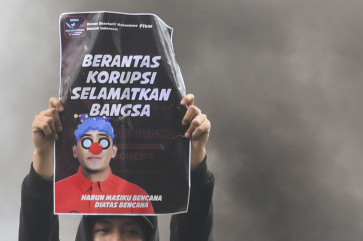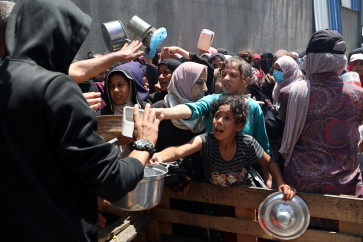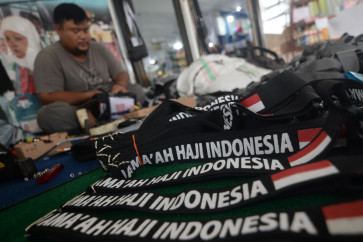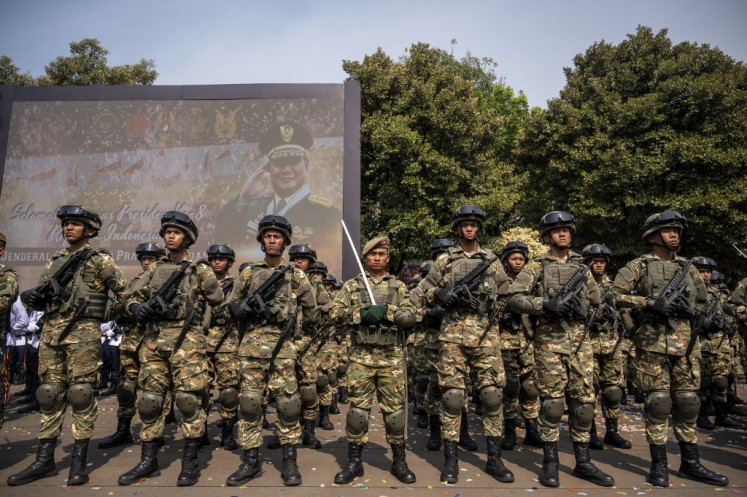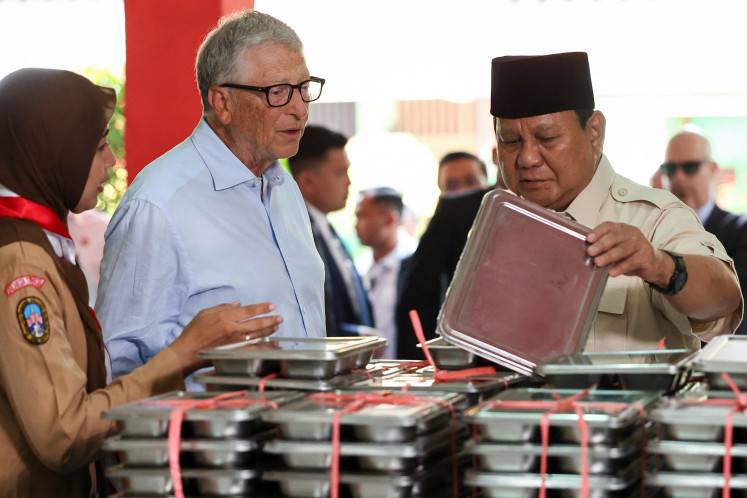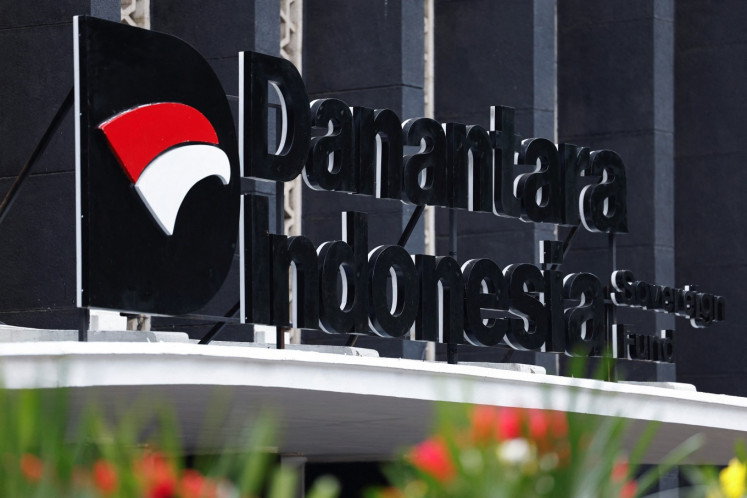Mahabharata, Javanese stories
JP/R
Change text size
Gift Premium Articles
to Anyone

JP/R. Berto Wedhatama
Although originating in India, I thought the Mahabharata was a Javanese epic. I learned it from the Javanese shadow puppet theater, with which I grew up. And the way the puppet masters told the stories of Mahabharata indicated that they all happened in Java.
Most of the puppet masters, the dalang, would describe the league of gods in Mahabharata residing in Mahameru, the top of Mount Semeru in East Java, the tallest mountain on Java. And the five main characters of Mahabharata, the Pandawa (Pandava), are Javanese princes. So, when they fought wars, the puppet master would call the enemies as people from sabrang (outside Java).
I was brought up in a village at the northern foot of Mount Lawu, located on the border of East and Central Java. Some places around Mount Lawu have names associated with Javanese Mahabharata stories, such as Candradimuka crater, Jalatunda spring and Pringgondani hermitage. Also, nearby, there is a village called Wirata (Virata), a kingdom in the Mahabharata stories.
In Java, Mahabharata, an epic narrative of the Kurusetra (Kurukshetra) war between the Pandawa princes against their cousins the Kurawa (Kaurava), tells more stories about Pandawa rather than the war itself.
What I learned from puppet masters was that after the Kurusetra war, Pandawa would bring about justice in Hastina kingdom and Pandawa’s descendants, especially from Arjuna, would become kings of Java, then the subject of storytelling in Javanese traditional plays, the ketoprak.
So, in my understanding, there was a continuation of stories from Mahabharata in the puppet shows with stories around kings of Java in the Ketoprak plays.
Only later, when grown up, did I realize that Mahabharata was originally from India. I then noticed differences between the Javanese version and the original one. For example, Drupadi (Draupadi) in the original version is married to the five Pandawa brothers, while in the Javanese version, Drupadi is only wed to Yudistira (Yudhishthira), the oldest of the Pandawa.
Such differences may stem from Islamic belief that bans polyandry. Some of the early branch stories (lakon carangan) in the Javanese Mahabharata were written by one of the nine saints of Java, Kalijaga, himself a puppet muster, in the 15th century.
The nine saints of Java are believed to have played a pivotal role in the Islamization of Java, which was previously predominantly Hindu and Buddhist. At least four of the nine saints – Kalijaga, his son Muria, his teacher Bonang and Derajat – were known to have used the traditional Javanese musical instrument the gamelan, the puppet and Mahabharata and Ramayana stories to spread Islamic teachings among Javanese.
Branch stories such as Dewa Ruci and Jimat Kalimasada, both written by Kalijaga, contain Islamic messages. Dewa Ruci teaches about Islamic sufism, while Kalimasada stands for Kalimah Sahadat, which is the Muslim formula affirming faith in the religion.
Another important difference is the introduction of Punakawan, the clown servants of the main characters in the storyline. They are father Semar and his three sons Gareng, Petruk and Bagong.
There are even branch stories with one of the Punakawan as the main character, such as Semar Bangun Kayangan (Semar builds Kayangan, the kingdom of gods) and Petruk dadi Ratu (Petruk becomes king).
These branch stories and all the Javanese versions of Mahabharata were compiled by maestro Ronggowarsito from Surakarta Kingdom in the 19th century in his book Pustaka Raja Purwa, now the source book for all puppet masters.
These days, puppet masters are still playing the Islamic influenced branch stories of Mahabharata. Some puppet musters even add some additional Islamic flavors into their puppet shows. For example, some masters introduce Islamic songs into the show.
Because of its uniqueness, in 2013 UNESCO proclaimed this puppet theater as an intangible cultural heritage of humanity.
Originally flourishing in Java and Bali, this puppet theater has also spread to other parts of Indonesia, including Lombok, Sumatra and Kalimantan.
This cultural heritage, originally from India and embraced by early Muslim preachers, is now being questioned by a few radical Islamic groups, which claim that the puppet shows using Mahabharata and Ramayana stories are not Islamic, and therefore, should be rejected.
So far, these groups are not popular and do not have many followers. However, if moderate groups like Nahdlatul Ulama (NU) – the largest Islamic group in the country and a group that has so far has been supportive of the puppet theater – keep silent about these new forces, the moderates may lose out, and this could create problems for our cultural heritage.
It is not just the responsibility of NU, the government or UNESCO, however, but of all moderate Muslims who enjoy the puppet theater and want to keep it and nurture this cultural challenge. Unless we care, we may eventually lose the puppet theater.

